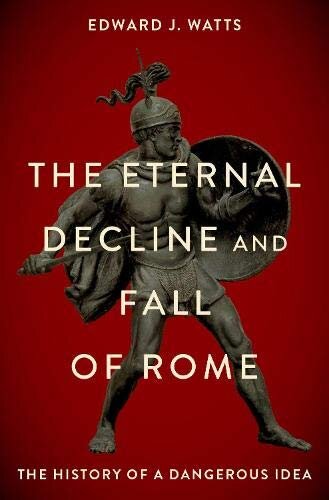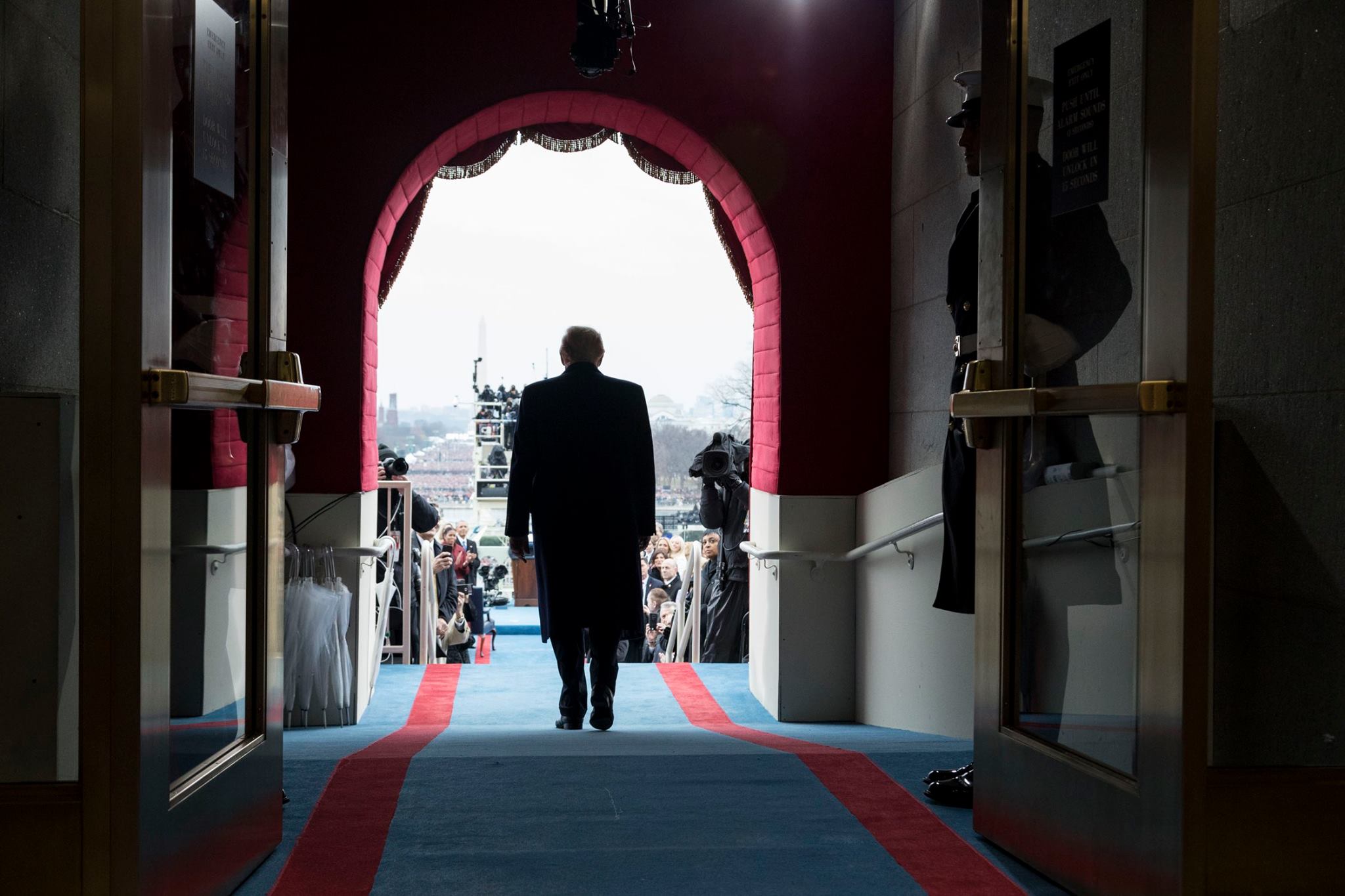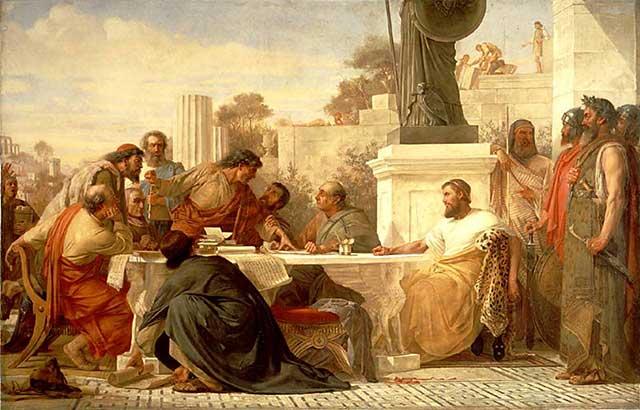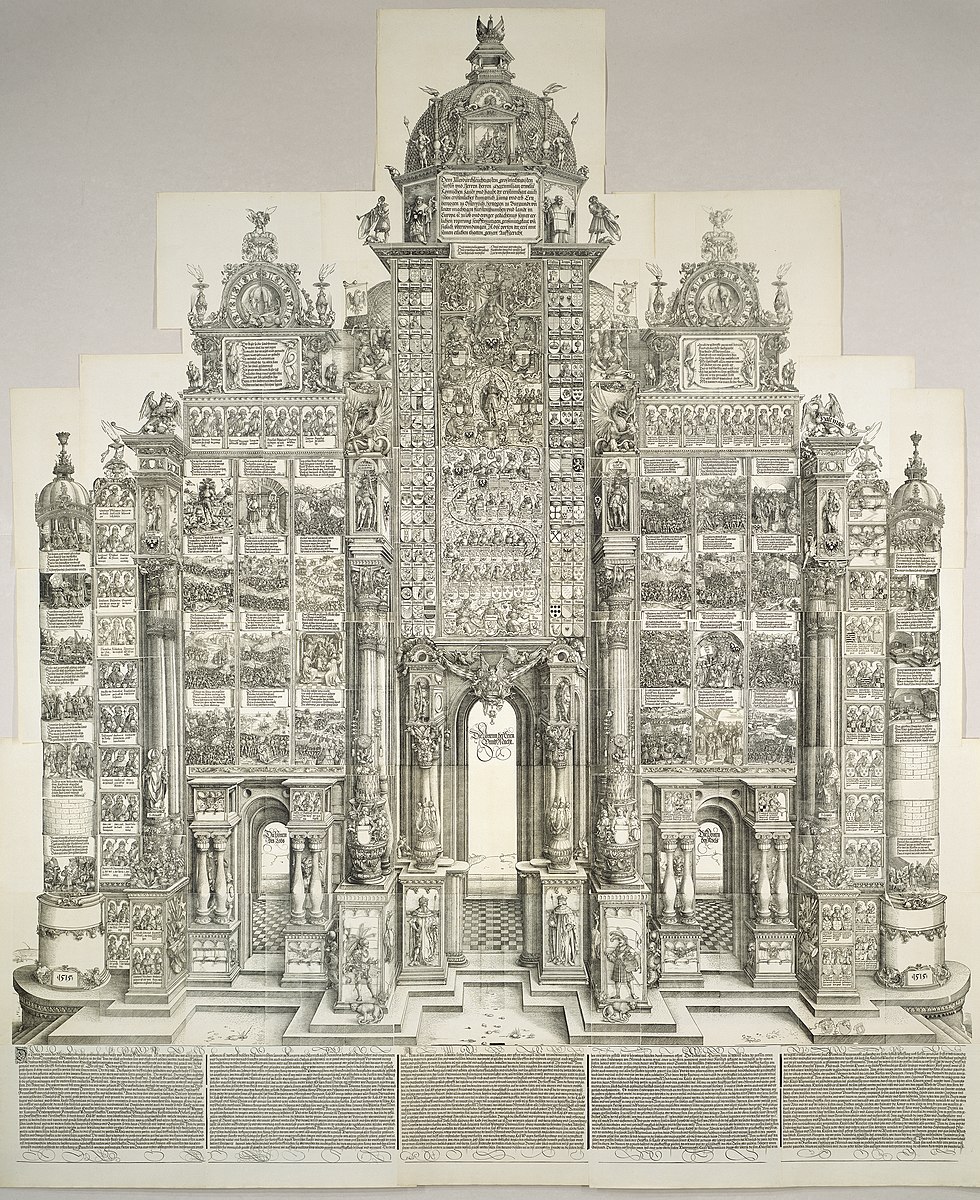If your social media accounts and email inbox have been anything like mine the past few years, you are familiar with discussions drawing parallels between contemporary political matters in the United States and ancient Rome.

Everyone seems to have an opinion on whether the United States is in the beginning, middle, or end of a decline and fall. Opinions of course vary about this and about *which* Roman decline and fall is the best parallel. Some commentators prefer the fall of the Roman Republic as the model for our current crises while others select the fall of the western Roman Empire in the fifth century.
A number of particularly astute emails I’ve received have asked about lessons we can draw from the siege of the Roman Capitol under the Flavians in the first century. All of these have been—and continue to be—discussed by interested, engaged people seeking historical precedents for recent events. Not all of the discussions are fully informed by the historical precedents though. And that brings us to the purpose of Watts’ book and the larger question of decline and fall.
In The Eternal Decline and Fall of Rome: The History of a Dangerous Idea Edward Watts provides the background to all our current discussions and debates. As he makes clear in the introduction he wants the reader to draw connections between Rome and modern politics. The introduction, after all, starts with Donald Trump’s inaugural address and his promise to “Make America Great Again” before broadening out to consider the concept of decline and renewal in wider contexts, eventually leading back to Rome, his main topic.

The book is a bit of a rhetorical bait-and-switch, at least as far as the title goes. While the title proclaims it is about decline and fall— and that’s true up to a point—the real topic is the use of asserted decline and fall to launch programs of proclaimed renewal. That’s the reason for the hook in the introduction beginning with Trump’s inaugural address. And a survey of that concept of proclaimed renewal throughout Roman history dominates sixteen of the seventeen chapters.
By Roman history, I should clarify that Watts does not restrict himself to ancient Roman history. He includes what is often referred to as Byzantine history and, in fact, covers material up to the sixteenth century. The bulk of the book, therefore, is an understandably simplified survey of Roman history with particular emphasis on periods of proclaimed renewal and the historical consequences of those.
So, what does the book cover and how successful is it? As you might imagine Watts’ thesis is more persuasively applied to some of the occasions than to others.
Among the more persuasive cases he analyzes are Cato in the Roman Republic and his calls for renewal of Roman culture against Greek cultural incursion and the corrupting effects of luxury and Augustus’ proclamation of a Golden Age, which frankly I had never considered in terms of making Rome great again and will be teaching using that framing in the future. One of the best examples of his analysis is in Chapter 7 and his retelling of the reign of Julian the Apostate (r. 361-363 CE) and his attempt to return Rome to greatness through a return to pagan worship.

Watts takes this occasion as an opportunity to remind readers of one of his key points by noting astutely, “Five centuries of Roman history had shown that the claim that one is restoring Rome’s idealized past does not mean that past ever existed.” Such signposting of his theme is appreciated in the sometimes-dizzying articulation of names and dates.
One of the most surprising periods covered is in Chapter 16 where Watts explores the conflict between the Holy Roman Emperor Maximilian I and Charles VIII of France and their immediate heirs to proclaim for themselves the Roman legacy following the fall of Constantinople to the Ottomans in 1453.
It is an effective concluding point prior to his last two chapters of more contemporary analysis. The final line leads directly to the crisis of the present, “[Rome] had become a powerful metaphor to speak about the present and future that was now open to all who wished to evoke it.”
Those last two chapters summarize the book’s contents and arguments and rather quickly resolve the history, taking it through the eighteenth, nineteenth, and twentieth centuries before reflecting on the role of the theme of decline and renewal in the twenty-first century.

Overall, I found the book thoughtful, well-written, and instructive. I learned some new facts about periods that are not in my specialties but more importantly gained new insights into the use and meaning of calls for renewal from antiquity to the present. Of those, the most significant was the idea that calls for renewal carry with them inherent dangers for the state and its citizens.
Finally, it is worth noting that the subtitle “The History of a Dangerous Idea” seems to owe its phrasing—and I suspect its concept—to Christopher B. Krebs’ A Most Dangerous Book: Tacitus’s Germania From the Roman Empire to the Third Reich (2012), which examines the misuse of the Germania to provide support for a number of nationalist movements including Nazi ideology. I imagine that I see the inspiration of that book throughout this one.
That inspiration is seen most directly in the statements of decline and fall that regularly blame others, especially outsiders or the disenfranchised for the decline. Whether those are Greeks, Christians, Muslims, or illegal immigrants the concept is the same and fairly consistently applied by those calling for renewal. The lesson of the book for the contemporary world is effectively made.
